by Michael E. Haskew
The enemy of my enemy is my friend, so an old saying goes. Perhaps it was the grandest exercise in political pragmatism and expediency that the world has ever known. However, the strange alliance between the United States and Great Britain and the Soviet Union was a necessity for victory in World War II.
Few would dispute that the Soviets bore the brunt of the fighting against Nazi Germany and that the cost in lives on the Eastern Front was appalling. It can also scarcely be disputed that Great Britain held the line—alone—against the Nazis and staved off a defeat which may very well have ushered in a new Dark Age. The United States, the great arsenal of democracy, supplied men and materiel to its allies through Lend-Lease, fought Japan virtually alone across the expanse of the Pacific, and shouldered its share of the fighting against Germany as well.
While the Nazis and the communists, political polar opposites, had been sworn enemies, the regimes of Hitler and Stalin had shocked the world in the spring of 1939 when they announced the signing of a non-aggression pact. Further, a secret protocol agreed to the division of Poland between the two countries following coordinated invasions from east and west.
For some time, the Soviets had aided their “enemies” during Germany’s covert rearmament effort between the wars, in violation of the terms of the Versailles treaty. Some accounts of events even assert that Stalin had grown so confident of his relationship with Hitler that he refused to believe the Nazis were planning to stab his country in the back. Only when he was confronted with indisputable evidence that Operation Barbarossa was in progress did Stalin realize he had been duped. By then, the conquest and division of Poland had been completed and thousands of Poles were dead at the hands of Stalin’s minions, in the Katyn Forest and elsewhere.
The Big Three’s Uneasy Partnership
As for relations between the Soviet Union, Great Britain, and the United States, more than two decades of animosity and distrust had preceded their uneasy alliance. Even before World War I had ended, the U.S. had sent 5,000 military personnel and railroad workers to Siberia in hopes of delaying the advance of the Bolshevik revolution and preventing the Russians from making a separate peace with Germany. During the counter-revolutionary activity of the 1920s, Great Britain and France both supported the opposition to the Communist takeover, 70,000 Japanese soldiers occupied the Pacific port of Vladivostok, and American troops arrived there to monitor the Japanese.
After being forced together, the Big Three— Stalin, President Franklin D. Roosevelt, and Prime Minister Winston Churchill—were wary of one another, jockeying for position during strategic conferences at such places as Tehran and Yalta. Roosevelt and Churchill led democratic governments. Stalin was a ruthless dictator. His own paranoia had been fueled by the icy relations between the three powers, but he had savagely purged the Red Army officer corps during the 1930s and authorized the murder or imprisonment of millions of his own people.
Politics makes strange bedfellows. Prior to the invasion of Normandy, Stalin continually pressed for a meaningful second front against the Nazis and accused his allies of allowing the Soviet military to be bled white from horrendous losses. Each leader sought to further his nation’s interests, particularly as it related to the redrawn post-war map of Europe. Each was required to acknowledge the military might of the other. Consider the Red Army advance across Eastern Europe to Berlin and the U.S. possession of the atomic bomb.
Thrust together out of necessity, the alliance which led to victory in World War II had begun to fragment even before the guns fell silent. Conflicting ideologies and world visions ushered in the Cold War. But, for a time, political expediency brought together a mighty confluence of military power. The dead of the Katyn Forest had to wait.
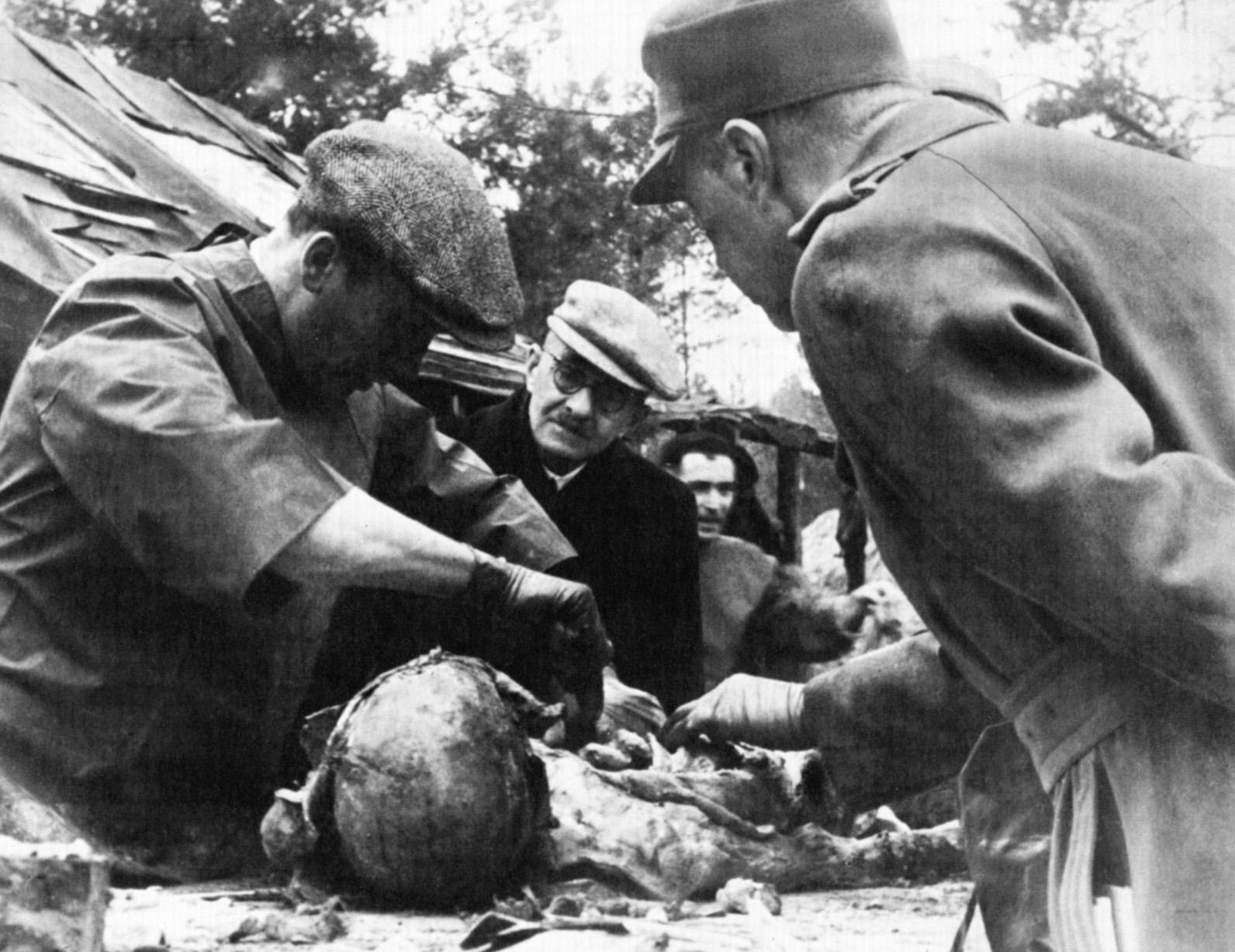


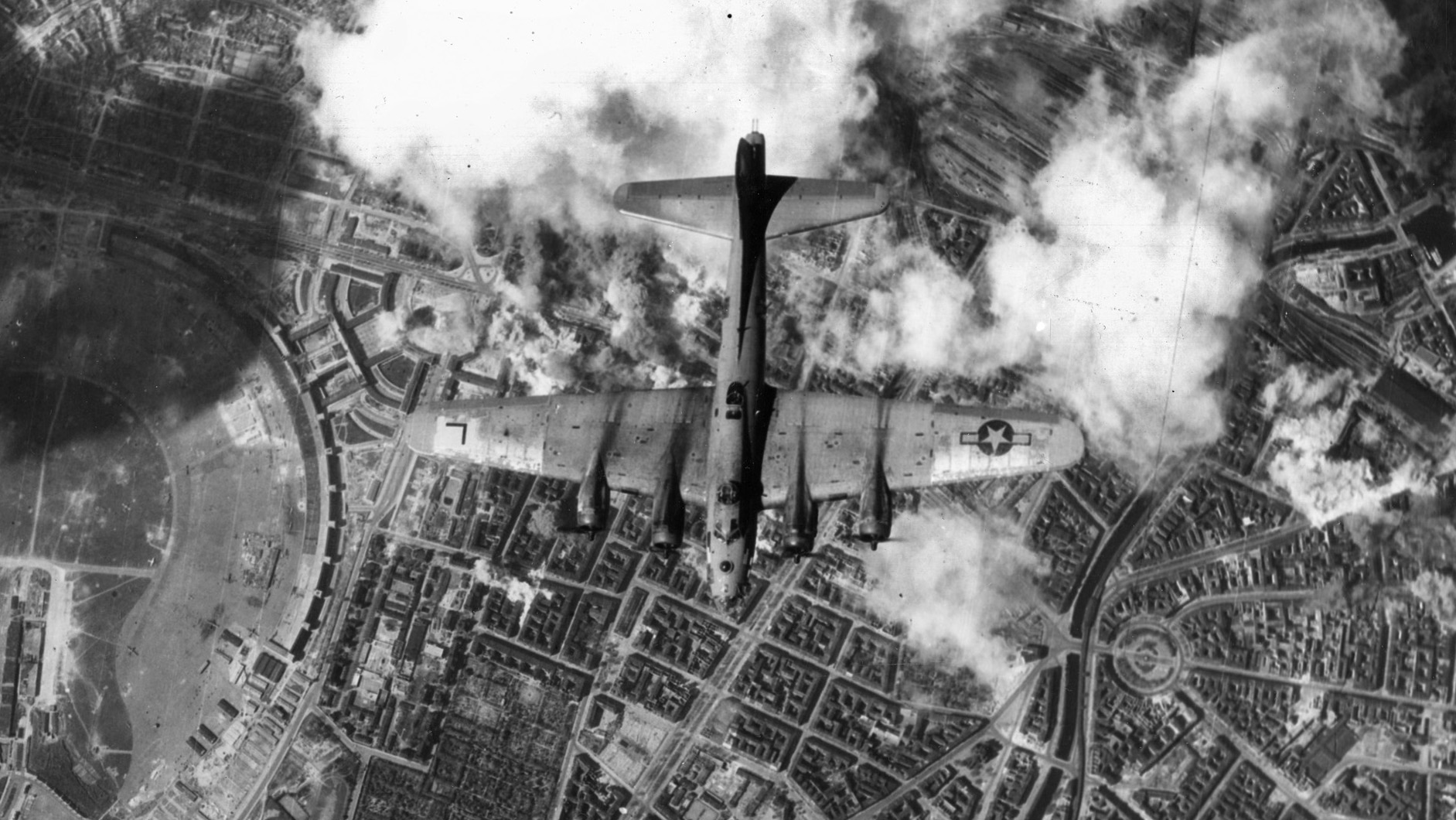
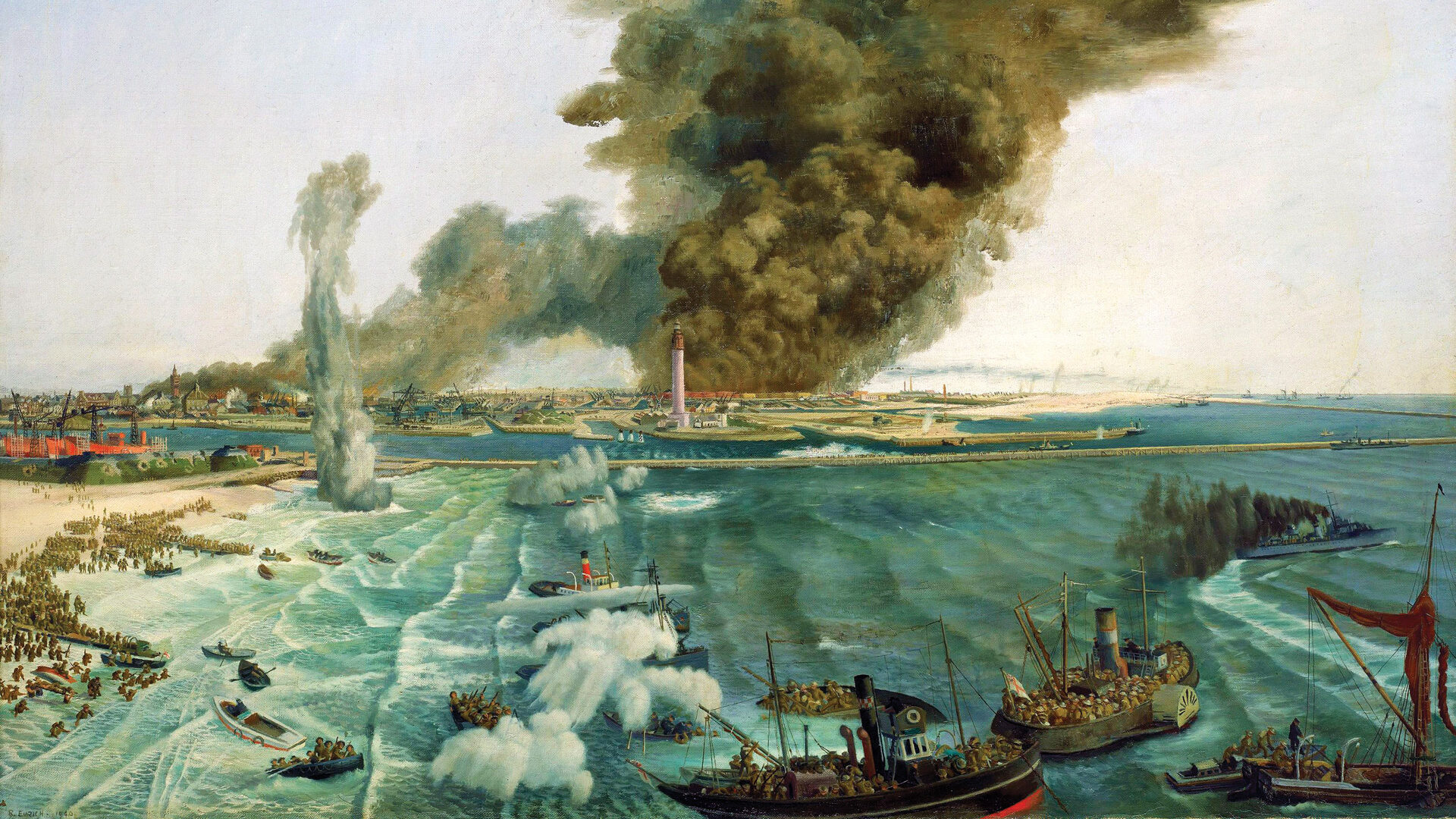

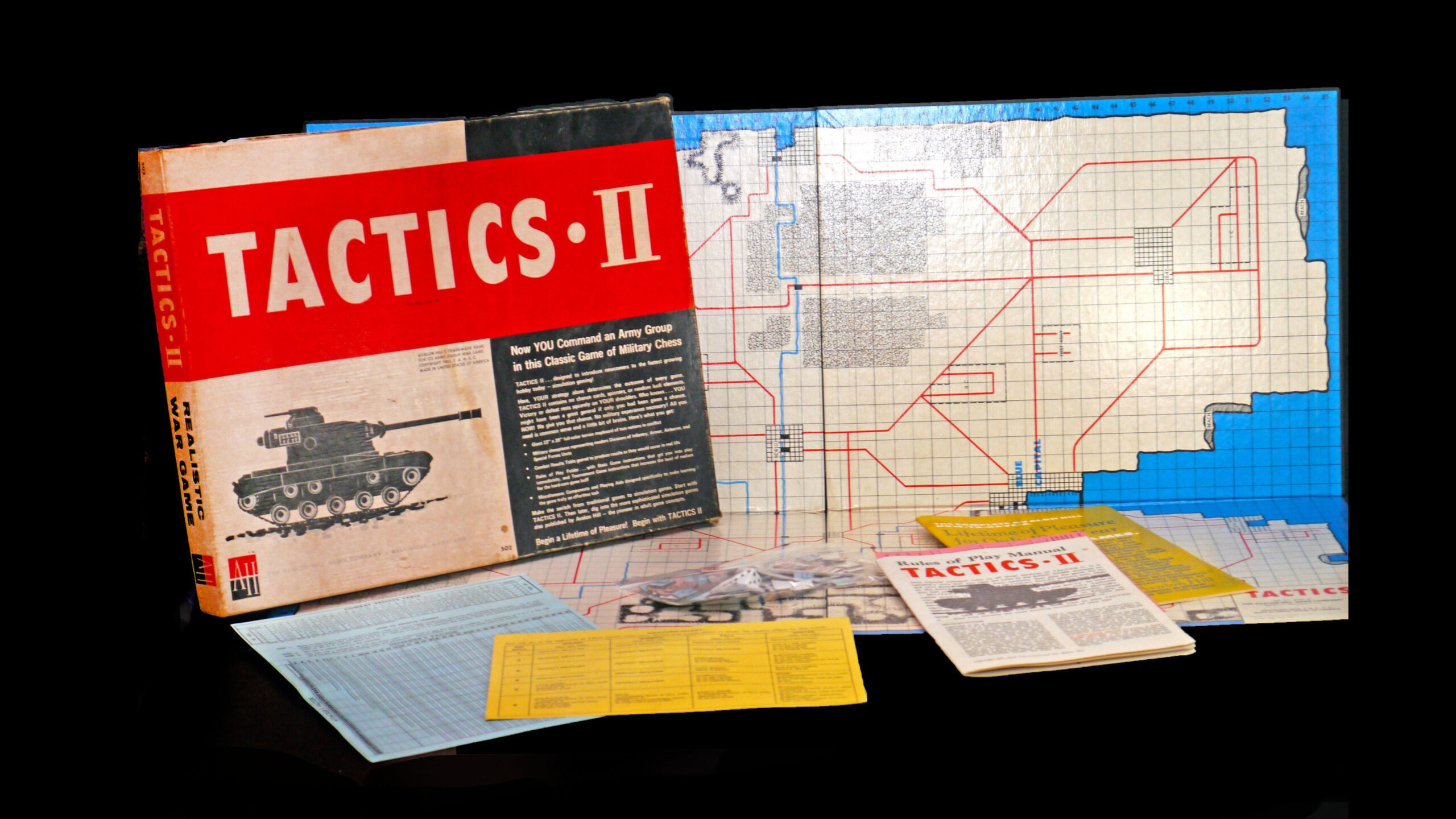
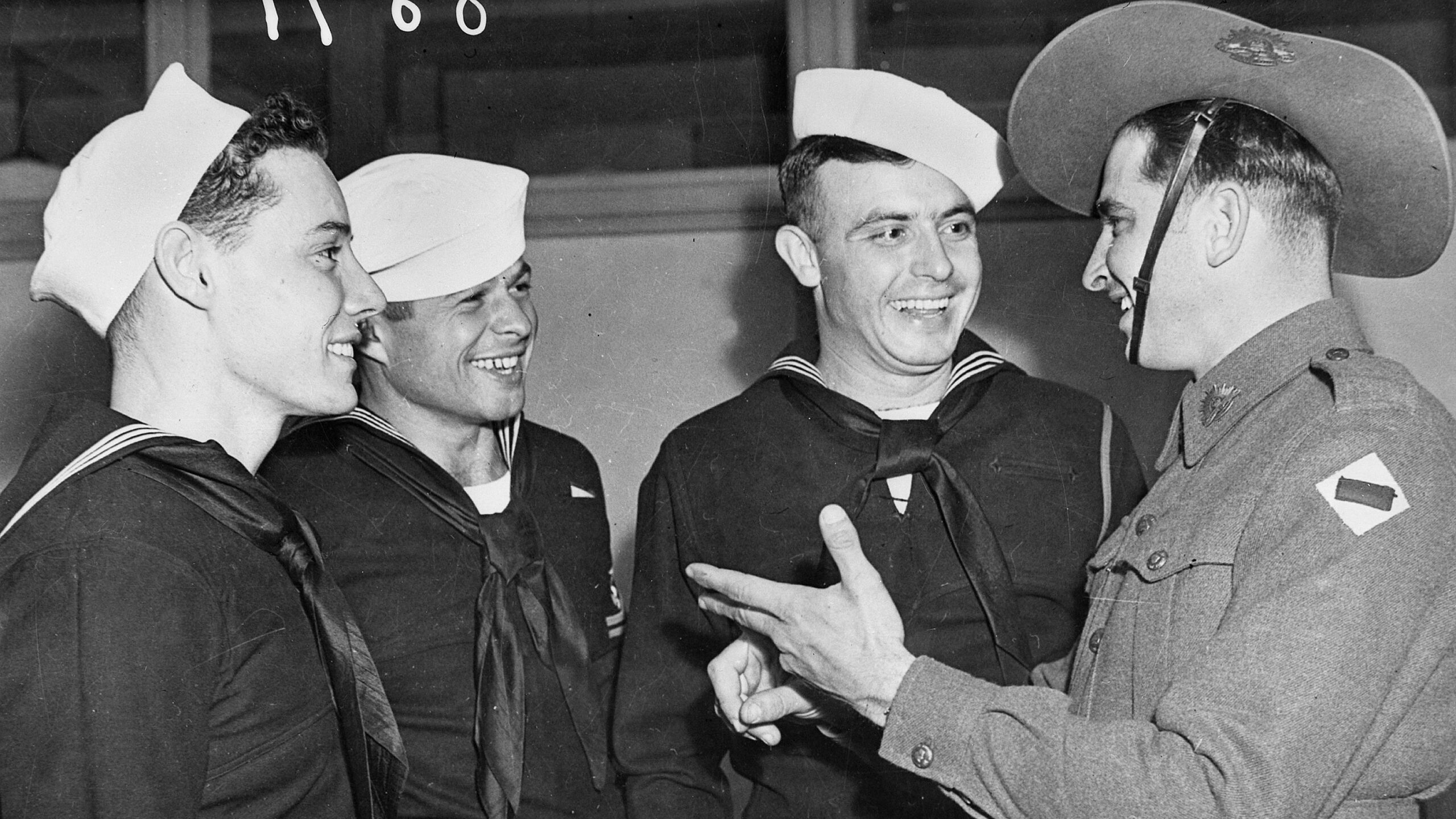
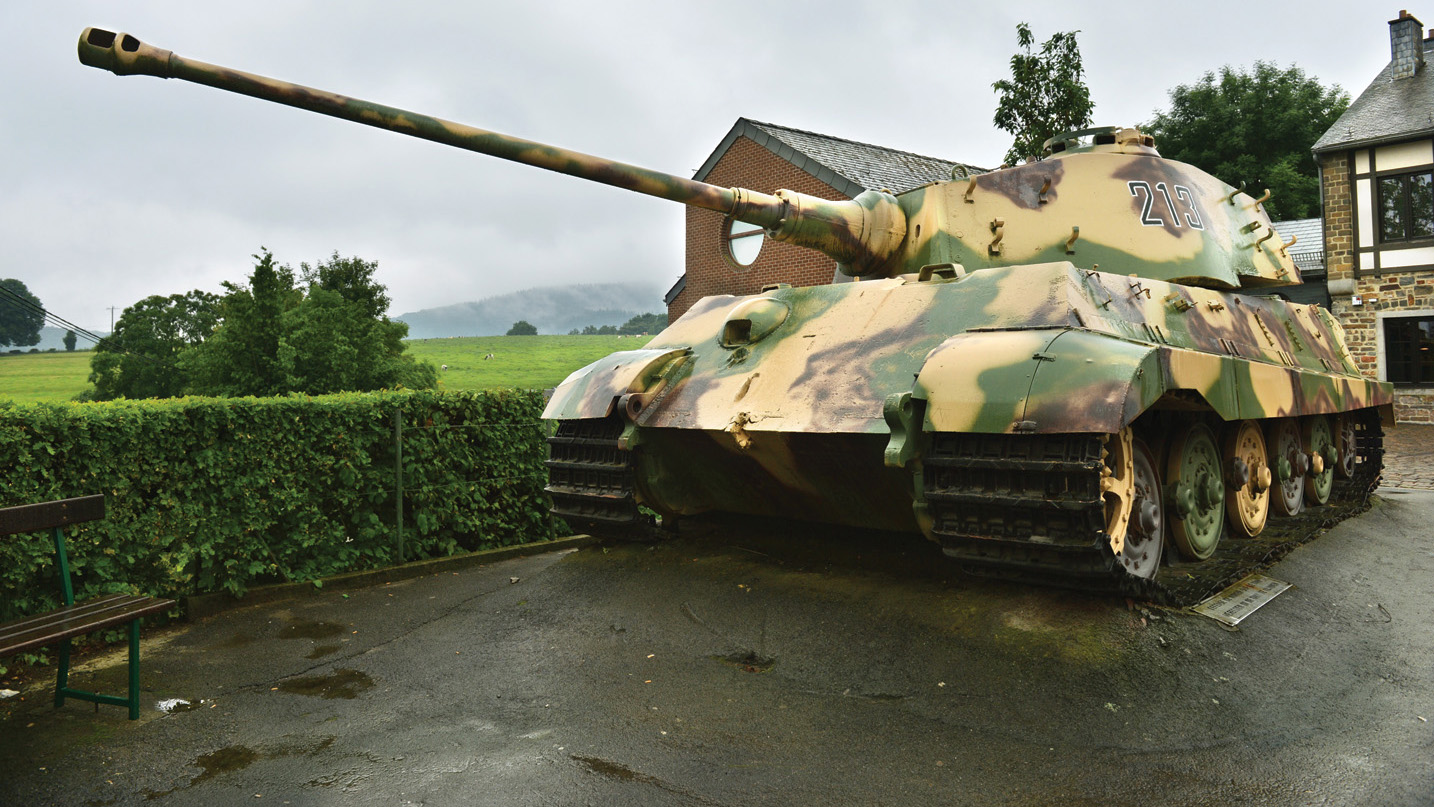
Join The Conversation
Comments
View All Comments